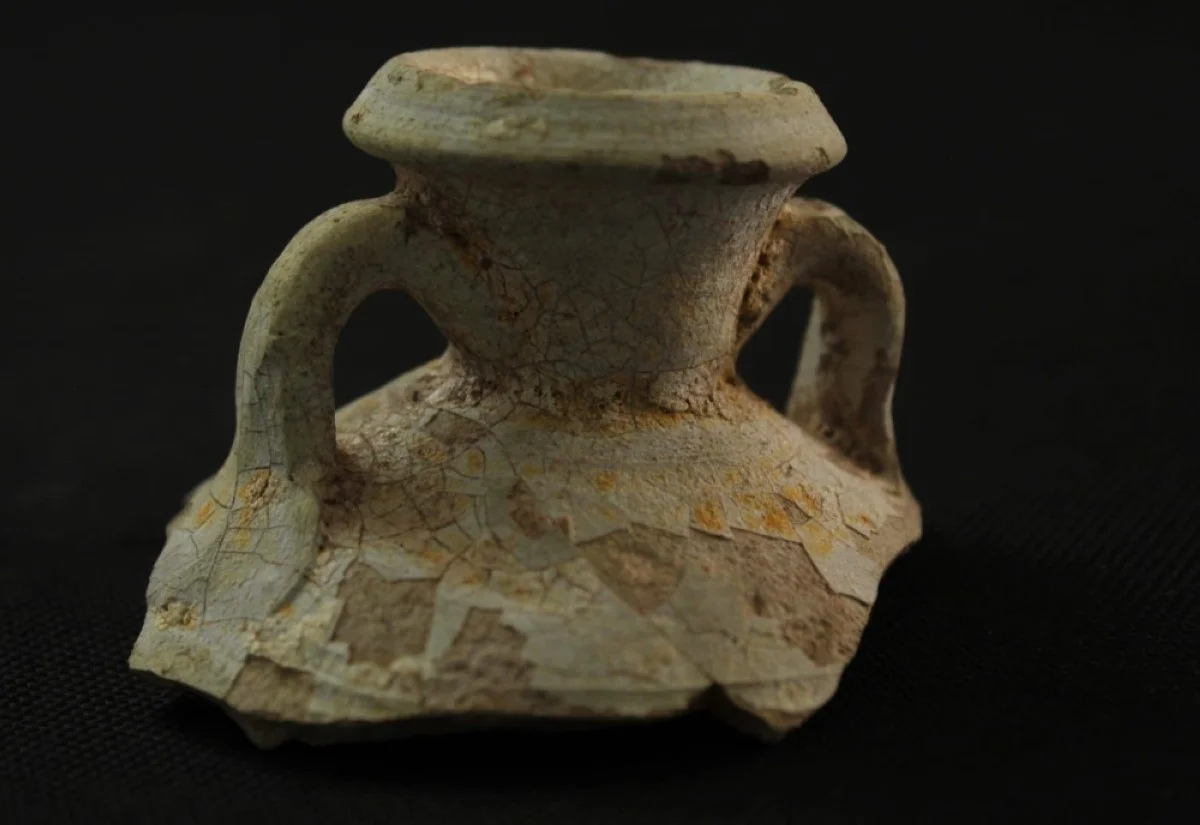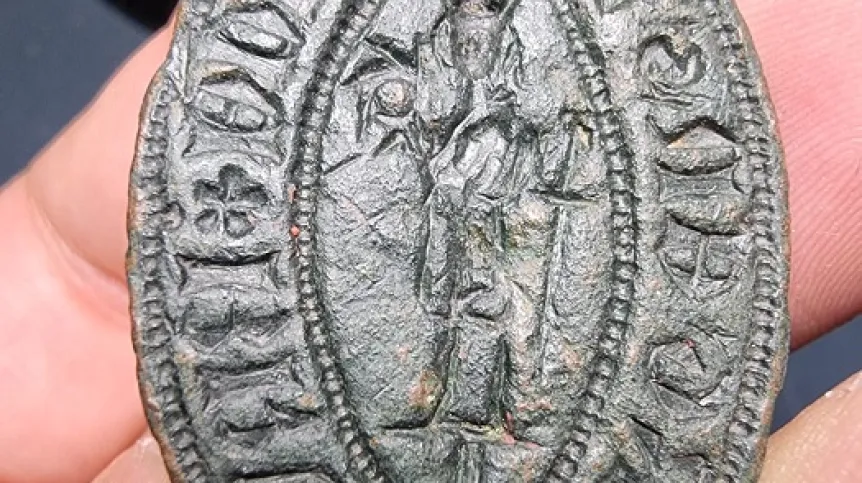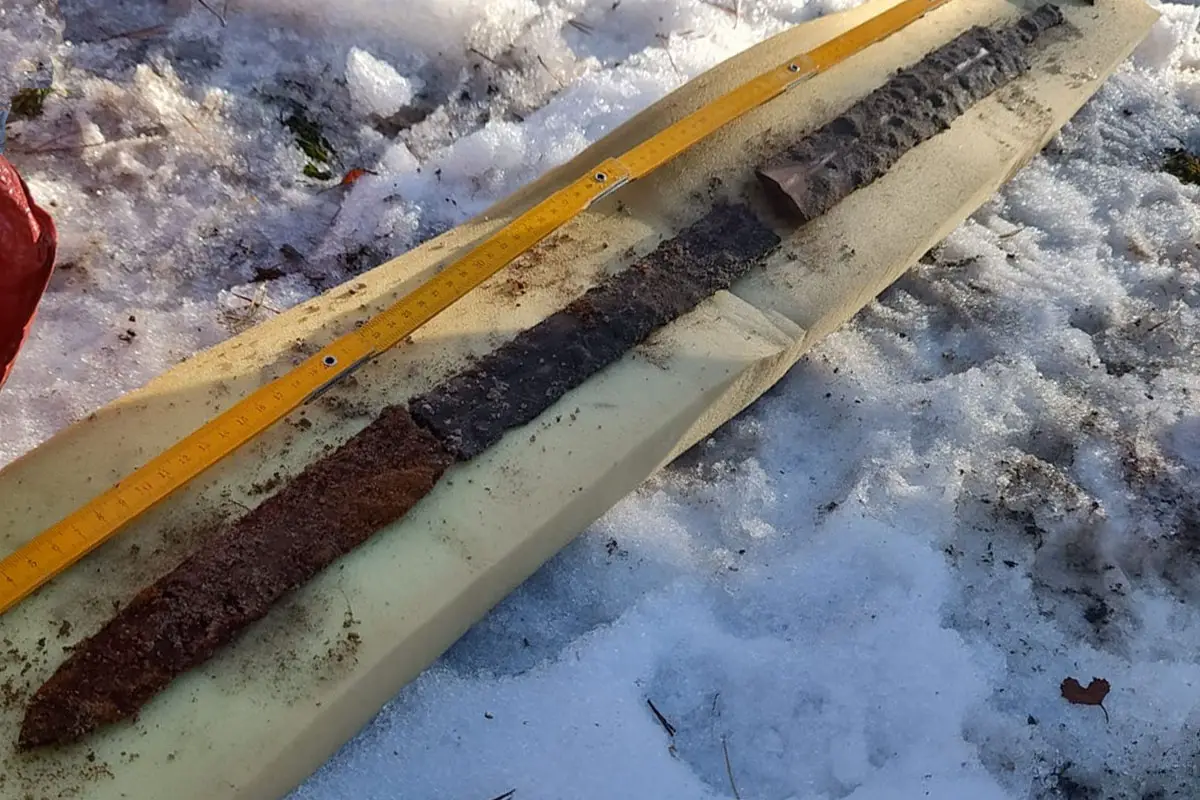A Kuwaiti-Italian archaeological mission team has uncovered significant structures, including a courtyard and a building from the Hellenistic period, dating back 2,300 years in the western part of the Al-Qurainiya area on Failaka Island. This discovery was announced in a press release by the Kuwait National Council for Culture, Arts and Letters (NCCAL).

Mohammad bin Redha, Assistant Secretary-General of the Antiquities and Museums Council, stated that the discovery occurred during ongoing work in the Al-Qurainiya area, which encompasses multiple periods from pre-Islamic times to early and late Islamic periods. The team found structural rock foundations within the courtyard, an interior wall, and an entrance connecting the outer courtyard to a room. Additionally, numerous plastered wall remnants and many pottery fragments older than 2,000 years were discovered.
The oldest layers of this archaeological site date back to the 3rd and 2nd centuries B.C. (2,300 years ago). The excavations have been conducted under the supervision of Dr. Andrea De Micheli, head of the Italian mission, in collaboration with the Council and the University of Perugia in Italy since 2014.
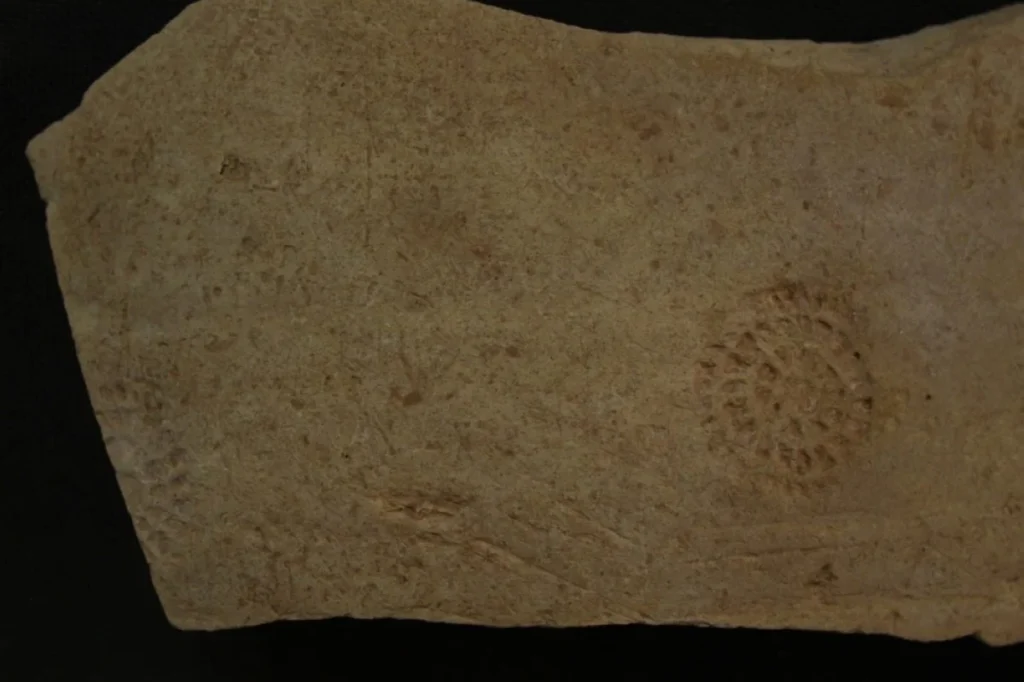
Dr. Hassan Ashkanani, a professor of archaeology and anthropology at Kuwait University, confirmed that the discovery of a Hellenistic building is a significant archaeological achievement for Failaka Island. He noted that previously found artifacts from this period were concentrated in the southwestern part of the island, while the newly discovered courtyard and building are located in the north, indicating that Hellenistic presence extended to this area as well.
Dr. De Micheli stated that the focus for the 2025 season will be on the western part of the Al-Qurainiya settlement, which dates back to the pre-Islamic period. Here, remnants of a courtyard and a building from the Hellenistic period have been found outside of the Islamic settlement, while other excavations have revealed layers from both early and late Islamic periods. This indicates a long and intermittent human settlement in Al-Qurainiya spanning over 1,800 years.
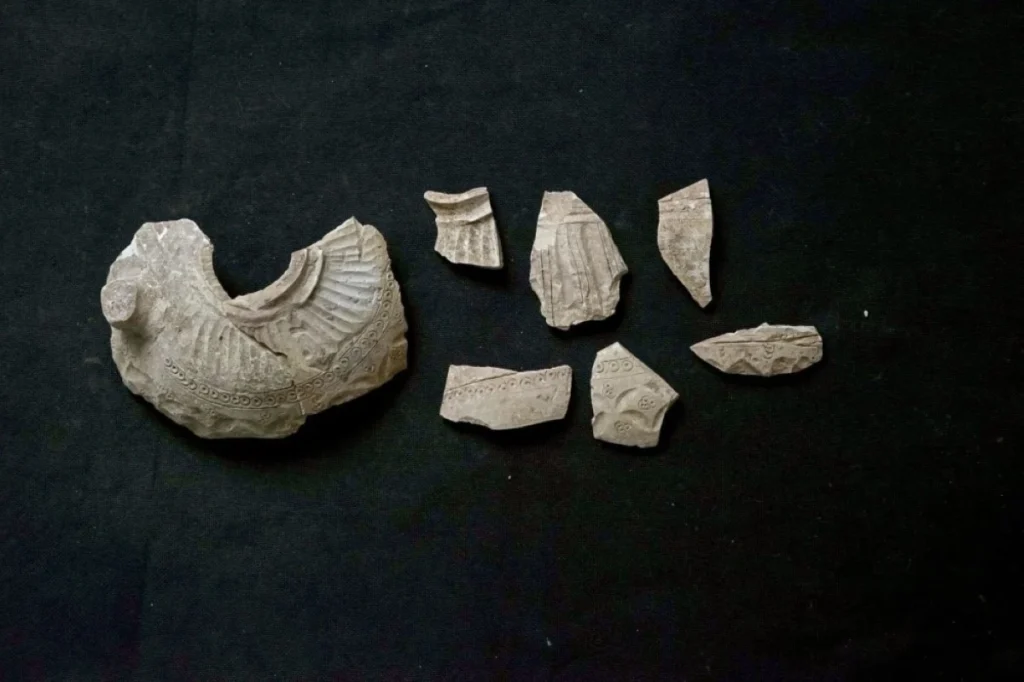
During excavations conducted between 2014 and 2020, several structures of various sizes and layouts were uncovered, primarily residential buildings dating back to the 8th century A.D., early Islamic period. These findings suggest that the site was abandoned by the end of the 8th century or the beginning of the 9th century, but human activity returned to the site from the second half of the 18th century to the early 20th century.
The discovery of a large quantity of pottery and kilns has provided insights into the daily lives of people in the Al-Qurainiya area. It is worth noting that the remnants of the Al-Qurainiya site extend approximately 500 meters from east to west along the coastline and about 250 meters inland to the south. This area includes numerous residential structures made of limestone, mudbrick, and pottery from various time periods, making it one of the largest archaeological sites on Failaka Island.
Cover Image: One of the Pottery Jar Remnants Unearthed in the Hellenistic Courtyard Area
